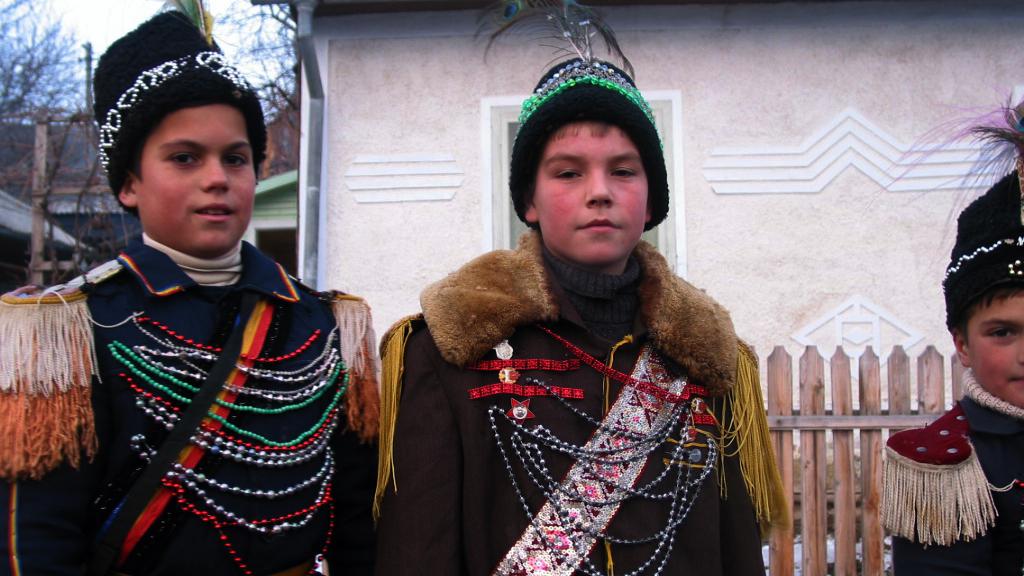Routes to Polish Roots
About Tour
The history of Poles in Romania is certainly linked to the history of Bucovina, a region in the north of the medieval state of Moldova annexed and named as such in 1775 by the Austrian Empire.
At the time, Bucovina was a buffer zone between Eastern and Western civilization, located in an area where the Ottoman, the Russian and Austrian Empire, have exercised their influences as well as the Slavic, Byzantine and Central European ones. Polish communities began to grow during the 18th century in Bucovina, with Polish immigrants who came from Galicia. The region attracted ordinary people, where they found better conditions of living, people such as officials, priests, teachers, and few nobles. Let us not forget the so-called "mountain people" in the region Czadec, now belonging to Slovakia. These people inhabited all the cities in Bucovina.
During the Second World War, Poland suffered most from the two evil empires, Nazi Germany and the Soviet Union. Following the invasion of Poland by the Nazis and Soviet armies in 1939, over 60,000 Poles took refuge in Bukovina and other regions of Romania. After the war, Poland and Romania have agreed to repatriate thousands of Polish families, both refugees and descendants of the ancient colonies. This process has been one of great magnitude, but not entirely destroyed the Polish communities in Bucovina and Romania. If considering today Republic of Moldova we can find polish roots in it's northern districts, where the Polish landowners had land and established even localities. So let’s discover two wonderful countries, their culture and history, but also look for some traces the Polish people left behind.



